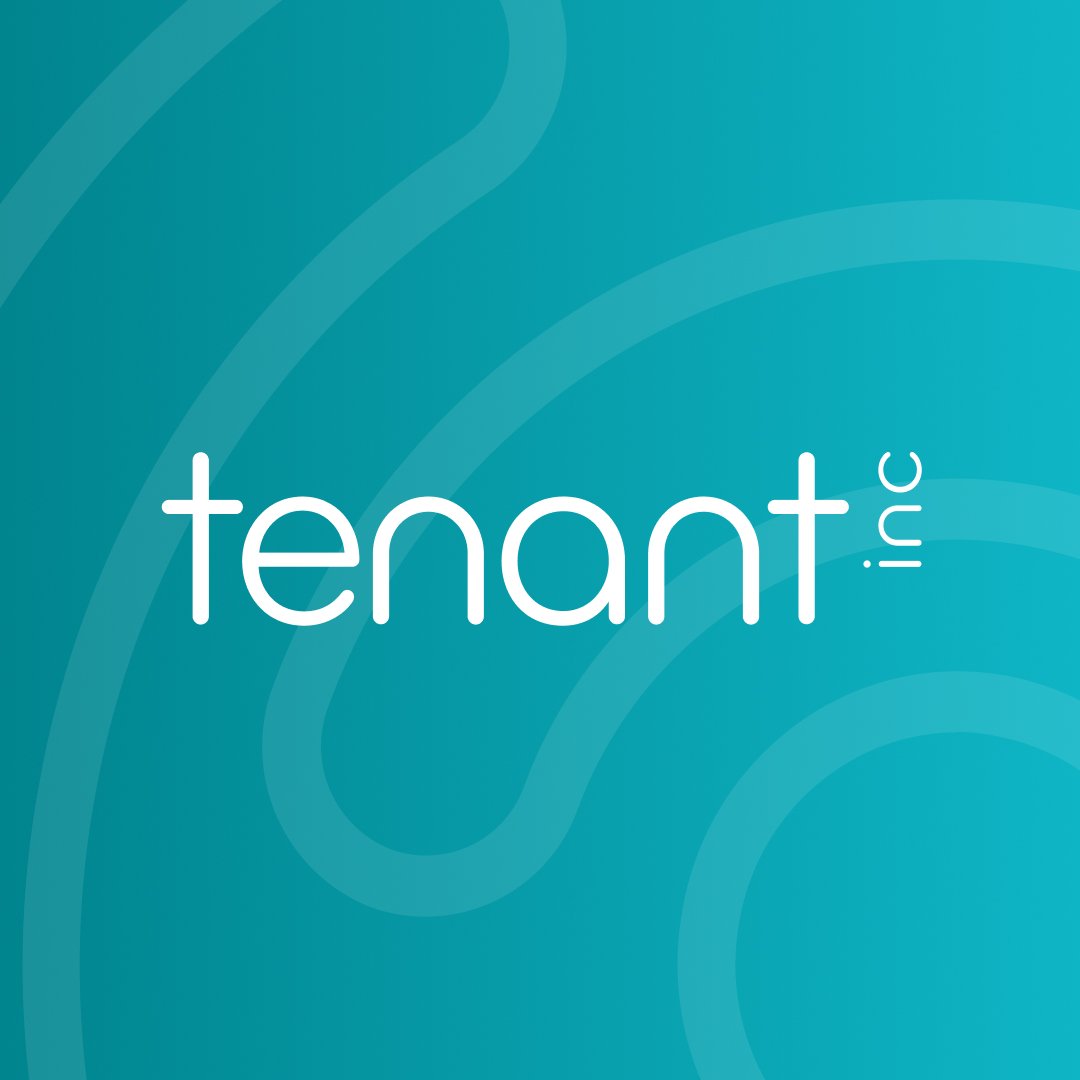
The self storage industry can be an investor’s dream due to it’s ability to weather, and even thrive, in a variety of economic situations.
During a strong economy, people purchase more and need extra space to store their extra belongings. During a depressed economy, people often have to downsize their living accommodations, and still need space to store their belongings.
In fact, the self storage industry has only been growing since its origin in the 1960s.
Some operators credit the success of their self storage business due to the comparatively low cost of renting a storage space compared to renting other real estate. Per square foot, a self storage unit needs to rent for significantly less than residential or commercial space.
But storage operators need to make money to stay in business, so raising rates needs to be a common part of your business strategy. The key then becomes, striking a balance in how much you rent your units for.
If the rates are too low, you’ll be leaving money on the table and your business will lose money. If it’s too high, you can lose too many customers or fail to attract new ones.
The truth is you will lose some tenants when you raise your rates, but by doing so, you’ll open up the path to getting new, higher-value tenants.
How do You Choose the Right Time to Raise Your Rates?
We all know the concept of supply and demand. When the balance is toward supply, meaning there’s plenty of good or service, the price goes down. When the supply is low but the demand high, prices go up. Businesses can charge more.
By the same token, if your facility is full, that’s a good sign you can charge more. If you have a low percentage of rented units, then you’re probably charging too much and need to lower your rates.
Again, the goal is to optimize your rates. You need to balance the facility’s need to make more money due to economic factors, and keep your customers happy. That may sound odd. What customer will be happy with a rent increase? Though they won’t like the raise in rent, if it feels reasonable, most will understand.
It also isn’t entirely a bad thing to lose some of the customers that were on your cheaper pricing. When you lose those customers, it opens up occupancy for new customers that will be paying new, higher-margin, market rates.
Rate increases need to make up for move-outs. After you’ve raised the rents, dealt with complaints, and a few tenants have decided to move out, you should still be bringing in more money after you raise rates than before you did.
So how much should you raise your rates by?
Research your local markets and adjust your plans based on market conditions. How much are other facilities raising their rent by? What do their occupancy rates look like? What amenities do they offer? Facilities can often charge higher rates if they have extra amenities for tenants.
That sort of research should give you an idea of how much you can raise rate by. Don’t overdo the increase, or you could have a lot of tenants move out in a short time. An increase of 5% a year may be acceptable to your tenants, while 10% could get them to move to a competitor.
Rate Increase Strategies
These ideas may help you raise your rents while keeping tenants happy. Consider these strategies, and keep in mind that the amounts are just examples.
- Make it part of the yearly schedule.
Perhaps that will mean increasing rents by 5% a year, or another amount that makes sense in your area. We suggest evaluating the amount when it’s nearly time for increases. Put in the contract that the rent will go up at a certain time. This also makes it easier for you to calculate future, projected earnings.
- Consider the customer.
The increase doesn’t have to be the same amount or percentage for everyone. For example, if you raise rent by $10.00 for everyone, that’s not much for the family paying $150 for a large unit, but is a bigger jump for someone paying $40 for a 5x5. On the other hand, the people renting the large unit should be paying less per square foot than those renting smaller units, to make those larger units more attractive. So, you may want to raise the rent on the large unit by 6%, and the rent on the small unit by 10%. That way, the family pays $9.00 more, while the smaller unit pays $4.00 more.
- Reward loyalty.
Long-term tenants, and seasonal tenants who keep returning, deserve something for their loyalty. Increase their rent by a lower amount, or give those returning tenants a discount on the current rental rates.
- Don’t forget your web rates.
Web rates should always be as much as, or more, than current tenants are paying. You can charge little more on your website, to show that by sticking with you, tenants are saving money. It can be upsetting for a tenant to get a rate increase, then check the web only to find out that you’re renting the same sized units for less than you’re charging them.
- Keep the weather in mind.
You’re going to increase rates anyway, so why not do so at strategic times, like when the weather is going to drastically change? Early January, when it’s especially cold, or the middle of summer, when it’s hot, work well. Those are times when tenants won’t want to bother moving to a new facility.
- Time your upgrades to your increases.
Add a small amenity or two. This can be anything from better curb appeal, so tenants enjoy visiting your facility more, to adding additional hand trucks so tenants have an easier time moving boxes in and out of their units. When you increase the rent at these times, you can mention the upgrades and how they benefit your tenants.
- Know who will better tolerate increases.
It is fine to increase rates for some tenants and not others. Perhaps you increase someone’s rent on the anniversary of their move-in. Or, you increase it on those who will tolerate it better. Ironically, delinquent and late tenants are more tolerant to price increases and it makes sense to increase their rates.
Upstairs and indoor tenants are also more tolerant of price increases than drive-up because it’s harder for them to move things from inside and upstairs. Some will consider the trouble, and expense, of moving to another facility, and decide against it.
Students are less tolerant. They can’t afford as much. In fact, to foster good will with them, you might want to consider a small student discount, the same as many shops and restaurants. One good time to increase student rates is during the student rental season when fall session starts.
But be aware that tenants who take advantage of a move-in discounts are also less tolerant to increases. They might have only come to your facility because of a deal, and are that much more likely to move out and find a deal elsewhere.
Finally, those renting small units have a tougher time handling higher rates.
- Throw a charity event timed to your rate increase.
This is a great way to help the community and show your good corporate citizenship while pleasing your tenants. Throw an onsite charity event that anyone, tenants and others in the community, can participate in. Include good food they can purchase. Maybe have some games or a raffle. Let them know that all the extra money brought in will go to a local charity.
How to Let Customers Know You’re Raising Rates
Whether it’s an email, a text, or mailed letter, you need to let your customer know when you’re planning to raise their rental rate. Software like Hummingbird allows you to send bulk emails, text messages, and certified mail to your tenants with just a few clicks. You can even save email templates that automatically go out to tenants at pre-determined times.
Your message to your tenant should have a professional, but friendly tone. Keeping it short, but informative is typically your best best.
To make it easy, here are four things you want to make sure you do in your message to your tenants:
- Make sure you give them a month or more of advanced notice.
- Inform them of the increase and mention how much the amount will be raised by.
- Mention the improvements you’ve made recently, or in the last year, to the facility, and how these benefit the renters.
- Finally, thank them for their loyalty and understanding of the need to periodically raise rates due to market factors.
How to Handle Complaints After You Raise Rates
When taking a complaint, remain calm. Remember good customer service etiquette. Show that you’re sympathetic. Let them know you hate raising rent, but it’s necessary to stay in business. Let them know that if they choose to move out, you understand, but remind them of recent improvements. Train your employees to handle these complaints, too.
The first few times you have to increase rent may be difficult, but as it’s a necessary part of running a self storage business, we know you’ll get the hang of it. In no time, you’ll be able to balance facility, employee, and tenant needs as a storage professional.
While you’ll have tenants who will understand the rate increases and accept them, others will complain. The good news is that complaints don’t always result in move-outs.
Leaving means going to another facility and possibly paying just as much or more while having to go through the hassle, and expense, of moving all their stored stuff. However, some of your more motivated tenants may decide to declutter their units and move to a smaller unit at your facility. If they do, give them a lower–than-web rate on the smaller unit to show you appreciate their loyalty.




.png)